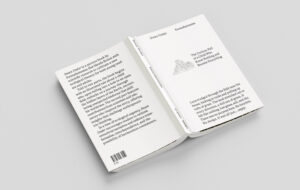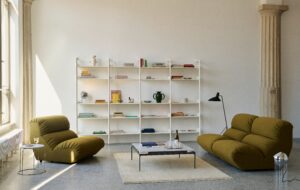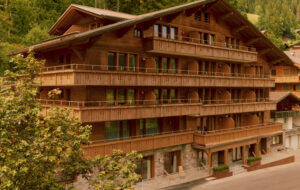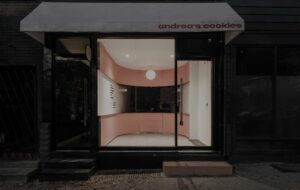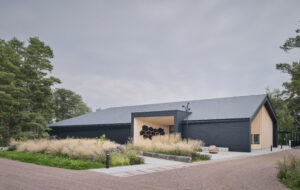|
|
||
|
The annual publishing conference highlighted the increasingly blurred boundaries between different mediums and initiatives within a magazine brand, says Anja Wohlstrom Now in its third year, the annual Modern Magazine conference last month focused on global trends in magazine design, with a line-up of international speakers sharing their experiences. With smaller independent magazines such as Kinfolk and The Gourmand developing into bigger brands, a new direction in publishing is becoming apparent, with a less clear distinction between digital and print, as well as magazines and their wider activities as a brand. As the event’s organiser – Jeremy Leslie, creative director of design studio MagCulture – argued, the discussion has now moved on from such divisions. Others echoed this sentiment, with speakers such as Andrew Tucker, editor of Monocle Radio, and Louis-Jacques Darveau, publisher and editor of Montreal-based magazine The Alpine Review talking about the magazine as a “platform”, rather than a standalone entity. David Lane, founder of The Gourmand, pointed out that his magazine’s website offers readers a choice between “On paper” or “On screen”, highlighting the importance it places on both mediums. Approaching the subject from a digital perspective was Sophie Lovell from the online-only magazine Uncube, who explained: “The issue isn’t print or digital. The issue is thinking about how and what we’re communicating.” Meanwhile, Berlin-based writer, editor and design consultant Kati Krause shared her thoughts on what websites can learn from magazine – specifically, slowness. She argued that the fast-paced digital world could take more inspiration from printed magazines, which demand space and time. Also reminding us of the value of print was James Fairbank of cycling brand Rapha, which has recently launched a new print title: Mondial. He spoke about transferring the brand’s content from digital to print, and why a magazine seemed to be the best format for what they were trying to do. Contributing from across the Atlantic via Google Hangouts were Scott Dadich and Billy Sorrentino of Wired US – who turned the conversation back to the digital. They revealed that, when working on the recent relaunch of wired.com, they started with the mobile format before working their way up to bigger screens, reflecting the change in the way people access editorial content today. Leslie argued in his introduction to the event that, rather than finding a single model that works, continual change is becoming the new normal in publishing. The diversity of engaging and inspiring speakers at The Modern Magazine 2015 was a testament to this. In the week that we relaunched Icon magazine, it was very exciting to hear. |
Words Anja Wohlstrom
Photograph: Owen Richards |
|
|
||






